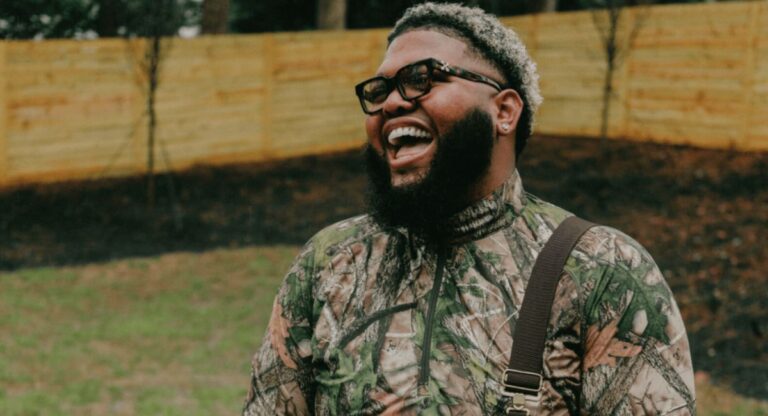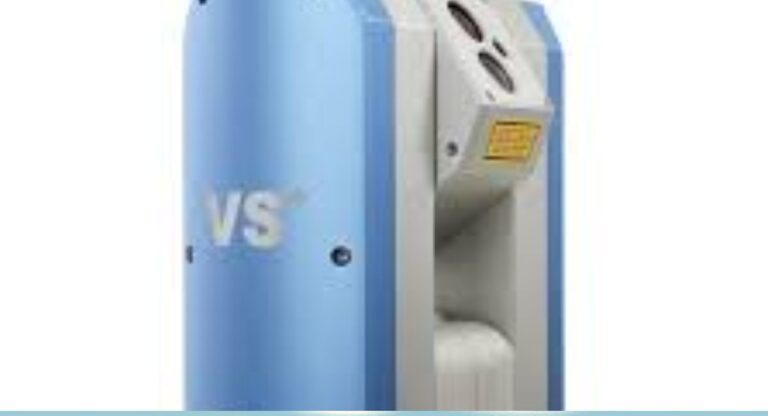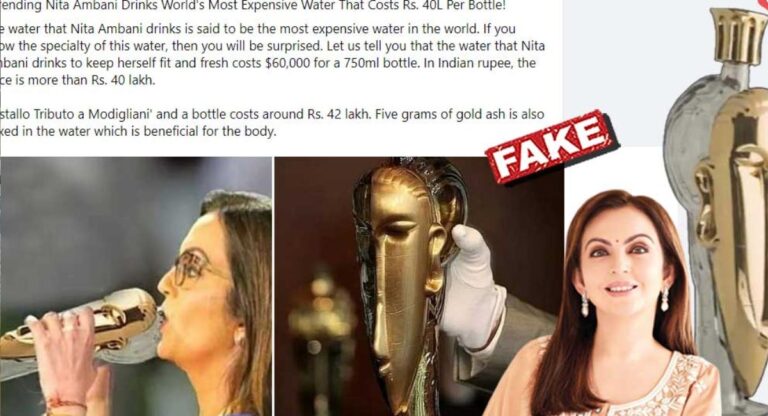
The progression of technology is substantial, and so comes the evolution in the way web record is done with the employment of the drone. With the booming of various fields, one is bound to either be an expert in recording video or simply a vlogger who is on travel or enjoy an best drone camera aerial perspective as a hobby. ” Nowadays, we get drones of superior quality, of which some offer 4K, others 5K, some cinematics and some even achieve 8K footage, paired with top-of-the-line AI technology for pointing and flight stabilization which is AI-powered and the best in the market.
In this present review, we intend to compare the cameras of drones that exist in the market currently, to help you make a sense, untangle the buying factors and terminology that you might not grasp and kindred emerging technologies that our industry may soon face. In the end, we want to help you with your drone investment for your goals, geography, and budget as well as, most importantly, for existing and emerging technologies.
Why Choosing the Best Drone Camera Matters
The right drone camera doesn’t just capture aerial shots — it transforms perspectives. With drones, you can document landscapes, events, real estate, or even create cinematic films. Choosing the best drone camera ensures:
- High-resolution images and videos with stunning detail.
- Stability in flight, even during windy conditions.
- Advanced AI features like obstacle avoidance, subject tracking, and automated cinematic modes.
- Portability for travel and on-the-go shoots.
- Longer flight times for extended sessions.
When considering drones, both beginners and professionals should carefully assess specs such as camera resolution, gimbal stabilization, battery life, range, and portability.
Factors to Consider Before Buying the Best Drone Camera
1. Camera Quality
The heart of any drone is its camera. Look for at least 4K video recording, RAW photo support, and higher frame rates (60fps or 120fps) for smooth motion. Professionals may prefer 5.4K or 8K resolution for cinematic projects.
2. Stabilization (Gimbal System)
A 3-axis gimbal is essential for steady footage. Without stabilization, even high-quality cameras will produce shaky videos.
3. Flight Time
Average drones offer 20–35 minutes of flight time per charge. Premium models now provide up to 45 minutes, reducing interruptions.
4. Range and Transmission
A longer control range ensures you can fly farther without losing connection. Look for drones with OcuSync or DJI Transmission systems, which provide strong HD live feeds.
5. Portability and Design
Travel-friendly drones like the DJI Mini series are compact yet powerful, while professional drones may be bulkier but offer better performance.
6. Safety Features
- Obstacle detection sensors
- Automatic return-to-home
- GPS stabilization
- Beginner flight modes
7. Budget
Prices for drone cameras range from under $400 for entry-level models to over $3,000 for professional-grade drones.
Best Drone Camera Models in 2025
Here are some of the top-rated drone cameras available today, ranked by performance, features, and value.
1. DJI Mavic 3 Pro – The Professional’s Choice
- Camera: Triple-camera system (wide, telephoto, Hasselblad) with up to 5.1K video
- Flight Time: 43 minutes
- Features: Omnidirectional obstacle sensing, advanced tracking, excellent low-light performance
- Why It’s the Best: Perfect for filmmakers and content creators who demand unmatched quality.
2. DJI Mini 4 Pro – Best Compact Drone Camera
- Camera: 4K/60fps with HDR and 48MP stills
- Weight: Under 249g (no FAA registration needed in many regions)
- Flight Time: 34 minutes
- Features: True vertical shooting, intelligent flight modes, compact portability
- Why It’s Great: Ideal for travelers, vloggers, and beginners.
3. Autel Robotics EVO Lite+ – A Strong DJI Competitor
- Camera: 1-inch CMOS sensor, 6K video, great night shooting
- Flight Time: 40 minutes
- Features: Adjustable aperture, long transmission range, AI subject tracking
- Why It’s Great: Outstanding image quality and long battery life.
4. DJI Air 3 – Best for Balanced Performance
- Camera: Dual camera system (wide-angle + telephoto), 4K/100fps video
- Flight Time: 46 minutes
- Features: Omnidirectional obstacle detection, excellent stabilization
- Why It’s Great: Offers professional features at a mid-range price.
5. Skydio 2+ – Best for Autonomous Flying
- Camera: 4K60 HDR video
- Flight Time: 27 minutes
- Features: Industry-leading obstacle avoidance, AI-powered subject tracking
- Why It’s Great: Perfect for action shots, sports, and solo creators.
6. DJI Inspire 3 – The Cinematographer’s Dream
- Camera: Full-frame 8K camera, interchangeable lenses
- Flight Time: 28 minutes
- Features: Dual-control system, high-end cinematography tools
- Why It’s Great: Designed for Hollywood-level productions.
Best Drone Camera for Different Needs
Best for Beginners: DJI Mini 4 Pro
Affordable, lightweight, and easy to use.
Best for Travel: DJI Mini 4 Pro
Compact, under 249g, and airline-friendly.
Best for Professional Filmmaking: DJI Inspire 3
Unmatched 8K resolution and interchangeable lenses.
Best for Real Estate & Business: DJI Mavic 3 Pro
Delivers sharp, detailed footage for professional clients.
Best Budget Drone Camera: DJI Mini 2 SE
Offers 2.7K video at a lower price point.
Drone Camera Accessories to Enhance Your Experience
- ND Filters: Control exposure for cinematic looks.
- Extra Batteries: Essential for long shoots.
- Carrying Case: Protects your drone while traveling.
- Landing Pads: Safe take-off and landing surfaces.
- Propeller Guards: Protect against accidental crashes.
Drone Camera Laws and Safety Tips

Before flying the best drone camera, ensure you comply with regulations.
- Register your drone (if required in your country).
- Do not fly above 400 feet.
- Keep the drone within visual line of sight.
- Avoid restricted areas like airports or government facilities.
- Respect privacy laws when filming.
How to Maintain Your Drone Camera
- Calibrate before flights for stability.
- Keep lenses clean for sharp images.
- Store batteries properly (avoid extreme heat/cold).
- Update firmware regularly for performance improvements.
- Inspect propellers for damage.
Future Trends in Drone Cameras (2025 and Beyond)
- AI-powered filming with automatic subject recognition.
- Improved low-light performance with larger sensors.
- 5G-enabled drones for seamless live streaming.
- Longer flight times exceeding 1 hour.
- Smaller foldable drones with pro-level cameras.
Frequently Asked Questions (FAQs)
1. What is the best drone camera for beginners?
The DJI Mini 4 Pro is the best option for beginners due to its lightweight design, smart features, and ease of use.
2. Which drone camera is best for professional filmmaking?
The DJI Inspire 3 is the industry leader for professional filmmaking with its 8K resolution and interchangeable lens system.
3. Can I use drone cameras for commercial purposes?
Yes, but you may need a commercial drone license (Part 107 in the U.S.) depending on your country’s regulations.
4. How much should I spend on the best drone camera?
Entry-level drones start at $400–$600, while professional drones can cost $3,000 or more.
5. What’s the difference between 4K and 8K drones?
- 4K drones are sufficient for most YouTubers and casual creators.
- 8K drones are designed for cinema-level productions requiring maximum detail.
Conclusion
Choosing the best drone camera in 2025 depends on your purpose, skill level, and budget. If you’re a beginner or traveler, the DJI Mini 4 Pro is lightweight and easy to use. Professionals and filmmakers should invest in the DJI Mavic 3 Pro or DJI Inspire 3 for premium results.



